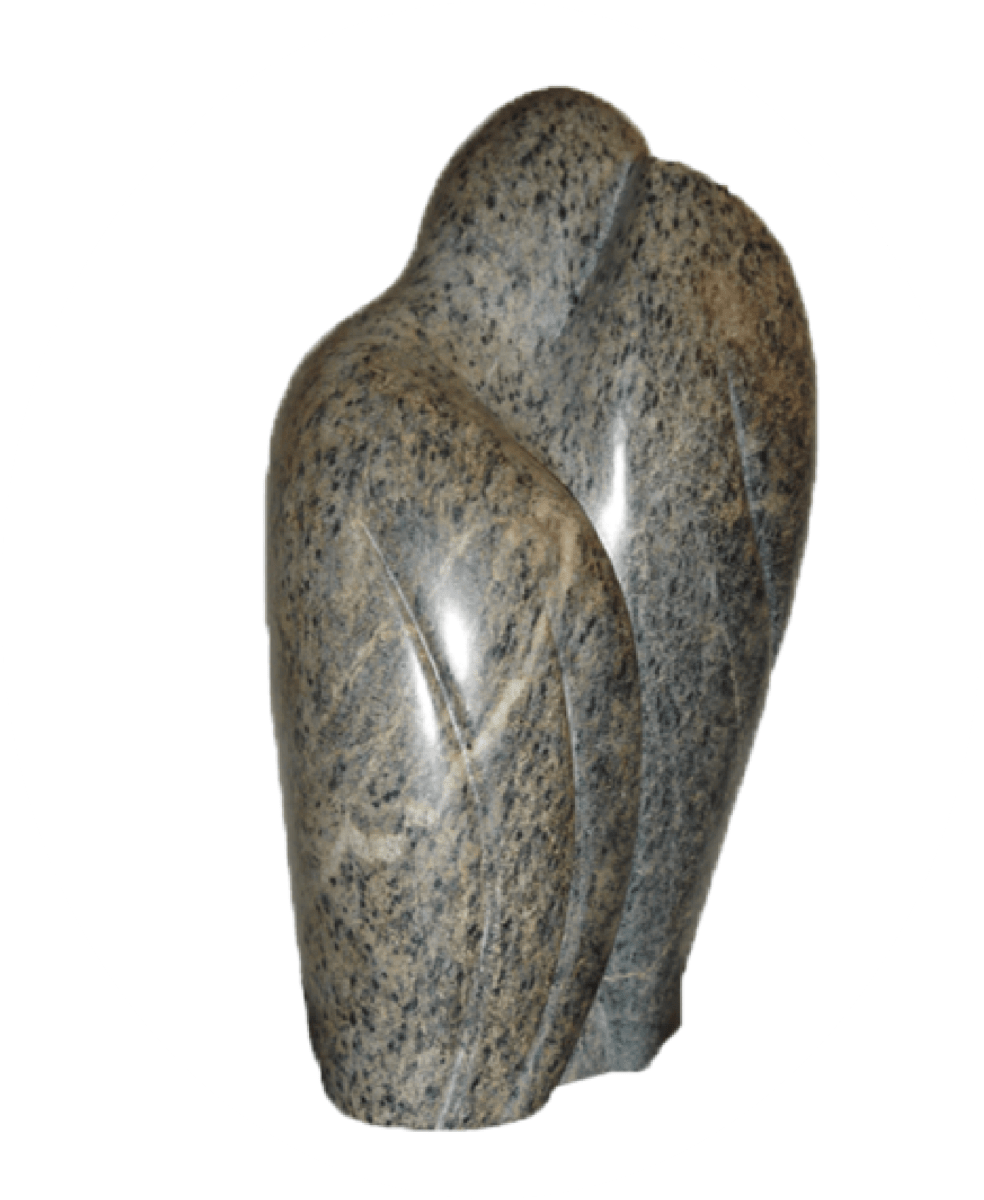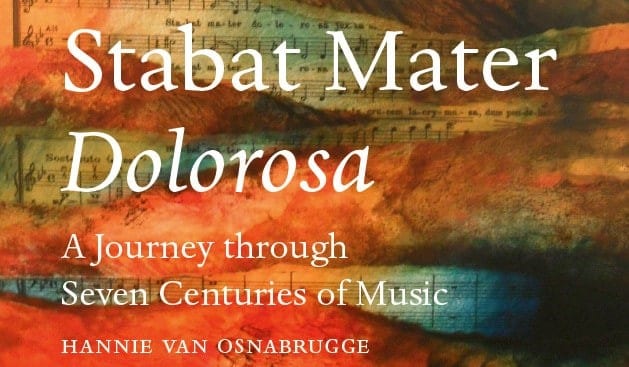Franz Liszt
About the composer
Franz Liszt is of German origin, but was born in Raiding, nowadays Austria, in 1811. In those years Austria-Hungary was a sort of political unity and as he grew up in Hungary the Hungarians regard Liszt as an Hungarian and refer to him as Ferenc Liszt. Like Mozart he was a musical child prodigy, especially as a pianist. One of his first recitals occurred at the age of 9 years. After winning a piano player contest in 1836 he became immensely popular in all Europe. After living in Paris for some 10 years he moved in 1848 to Weimar in Germany, where he became tutor of a whole generation of young pianists and composers, among who were Borodin, Saint-Saëns and Smetana. In his later years Liszt became not only more and more interested in church music, but he was deeply religious and finally received minor orders of the church and became Abbé Liszt. He died in 1886 in Bayreuth. Liszt composed a large amount of music for piano, but also symphonic works, rhapsodies, a requiem, several masses and oratorio. Among these we find the oratorio “Christus”, which contains not only a full scale Stabat Mater Dolorosa, but also a Stabat Mater Speciosa. Furthermore, Liszt did use the first stanza of the poem in his “Via Crucis” . This composition is a musical setting of the fourteen Stations of the Way of the Crucifixion, by soloists, choir and organ. In the three Stations where Jesus stumbles, the female part of the choir sings this stanza. Finally, Liszt frequently made transcriptions for piano from famous compositions of other composers; one was Rossini’s Stabat Mater. Though these transcriptions are nowadays somewhat looked down upon, one should realize that for many people in those days it was the only way to get acquainted with Beethoven’s symphonies or Verdi’s operas. Franz Liszt died on July 31, 1886, in Bayreuth, Germany at the age of 74.
About the Stabat Mater
| Date: | 1866 |
| Performers: | Soprano, mezzo-soprano, tenor, bass, choir and orchestra with harmonium |
| Length: | CD1: 38.42 minutes, CD2: 29.30 minutes |
| Particulars: | The Dolorosa, the twelfth movement of the oratorio, receives a very dramatic setting. The composition is a musical portrait of all the emotional and conceptual contents of the various stanzas. |
| Textual variations: | The text according to "Analecta" is used for the Dolorosa, but with following changes: |
| Colour bar: |
|
Information about the recording
| CD1: | Hungaroton HCD 12831-33: Ferenc Liszt, Christus |
| More info: | A complete recording (3 CD’s) of the Oratorios on the Words of the Holy Bible and the Catholic Liturgy for Voices, Choir, Organ and Orchestra. It was recorded in September 1985. I bought this CD in a record shop in the Netherlands, 1998 |
| Orchestra: | Hungarian State Orchestra |
| Choir: | Hungarian State and Television Chorus |
| Conductor: | Antal Dorati |
| Soloists: | Veronika Kincses, soprano |
| Code: | 1998 LIS-04 |
| CD2: | KRO ES47.445 : Stabat Mater |
| More info: | The recording of the sixth concert organized by the Dutch Stabat Mater Foundation. Recorded at the Sint Petrus Church, Oirschot, in March 2004. |
| Orchestra: | Het Brabants Orkest |
| Choir: | Brabant Koor |
| Conductor: | Marc Soustrot |
| Soloists: | Izabella Klosinska, soprano |
| Other works: | Karol Szymanowski: Stabat Mater |
| Code: | 2004 LIS-05 |
Listen
About the Stabat Mater
| Date: | 1866 |
| Performers: | Choir and organ |
| Length: | 15.20 minutes |
| Particulars: | The Speciosa forms the third movement of the oratorio. Contrary to the Dolorosa it is far removed from the Romantic pathos and is sung as a hymn with a simple, noble melody. |
| Textual variations: | The text of the Speciosa is discussed on a separate page. |
| Colour bar: |
No colourbar as the Stabat Mater Speciosa has a completely different text. |
Information about the recording
| CD: | Hungaroton HCD 12831-33: Ferenc Liszt, Christus |
| More info: | A complete recording (3 CD’s) of the Oratorios on the Words of the Holy Bible and the Catholic Liturgy for Voices, Choir, Organ and Orchestra. It was recorded in September 1985. I bought this CD in a record shop in the Netherlands, 1998. |
| Choir: | Hungarian State and Television Chorus |
| Conductor: | Antal Dorati |
| Soloists: | Bertalan Hock, organ |
| Code: | 1998 LIS-04 |





